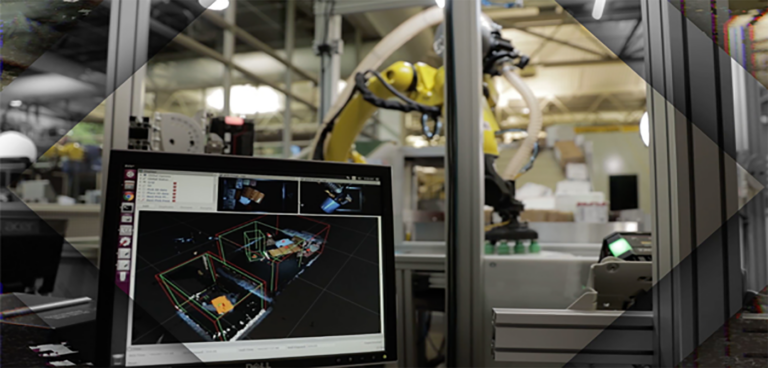BMW i Ventures has signalled its intentions in automation by investing in Plus One Robotics’ Series B fundraise. Plus One is a key player in the next generation of warehouse automation with its machine-vision software that enables any robotic-arm hardware to intelligently and autonomously complete manual logistics tasks such as package sortation and depalletisation. Furthermore, the company incorporates a differentiating ‘human-in-the-loop’ element that allows for successful customer deployments starting on day one while also improving system performance.
Two trends are converging to push warehouse automation to the top of the priority list for companies seeking to adapt to the new paradigm: Covid-19 driving an unprecedented growth in e-commerce while simultaneously the broader logistics industry is suffering an ongoing labor shortage. McKinsey estimated that Covid-19 condensed 10 years’ worth of e-commerce penetration growth into three months, and as consumers increasingly expect two-day, one-day or even same-day shipping, companies are turning to automation in order to handle the surge in demand and expectations for rapid fulfillment. Furthermore, as this demand is growing, the supply of warehouse labour is falling as the industry suffers from high turnover rates.
While existing warehouse automation technologies are suitable for simple, highly repetitive tasks and handling homogenous packages (i.e. boxes that are the same shape and similar size), they sorely lack the ability to handle dynamic environments with heterogeneous packages (i.e. most logistics facilities). These current solutions must be pre-programmed to complete tasks and are unable to adapt to new situations that arise.
A cohort of new startups has emerged to solve this adaptability challenge using AI techniques. However, these new technologies can only get so far in terms of full automation, given that there will always be edge cases where human input is required. Plus One is addressing this by incorporating a ‘human-in-the-loop’ element, where the machine-learning model handles the vast majority of cases and only requires remote human intervention for the rare edge instances. This model serves two functional purposes: Plus One can successfully deploy at customer locations starting on day one with minimal ramp up periods; and the rare instances of human intervention further reinforce the machine learning models to be able to handle similar edge cases autonomously in the future.
Plus One’s machine-vision software and its ‘human-in-the-loop’ feedback mechanism also enables industry-leading high accuracy and throughput rates. Customers then enjoy the combined benefits of cost savings and operational efficiency uplift.







